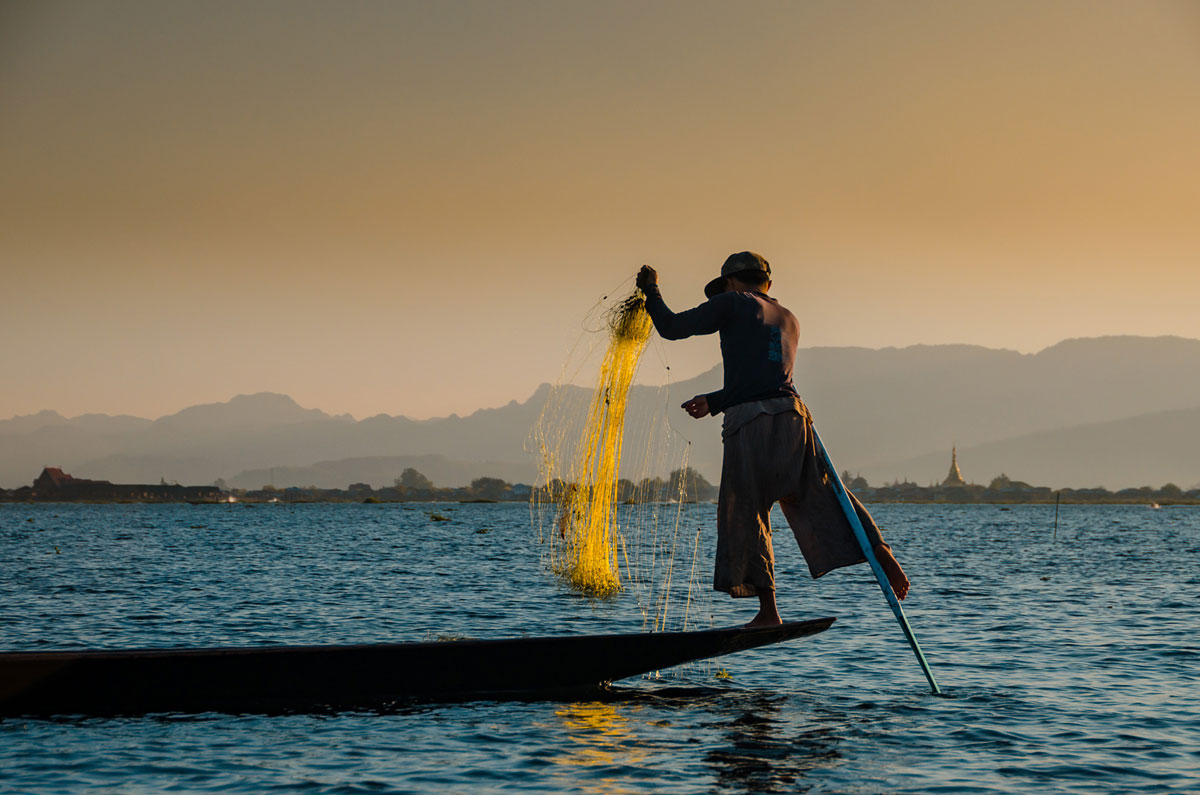Overview
Inle Lake is one of the two major tourist attractions in Myanmar (the other is Bagan) and it’s the second largest lake in Myanmar as well as one of the highest. On its southern end, the freshwater lake drains through the Nam Pilu or Balu Chaung rivers while to the northwestern shores are many hot springs.
For an overview on Myanmar, see https://exploringed.com/myanmar-part-1-overview-yangon/.
There are around 70,000 Intha people living in the four cities and many villages bordering the lake, some in homes raised on stilts in the water and others with floating water gardens. Along with Buddhist temples, Hindu ruins and colorful markets, it is visually exciting. But what makes it especially intriguing are the fishermen who use “leg rowing” where they stand at the stern of the boat on one leg and wrap the other around the oar. This practice allows the fishermen to see above the tall reeds and plants that would make it difficult to navigate.
Trapped in Inle Lake
Most visitors fly to the closest airport in Heho, which is a one-hour-plus taxi-ride away from the lake. However, we hiked to Inle Lake for over two days and we crossed the lake in a rowboat to our hotel. One of the first things we noticed was that the houses were mounted on stilts in the water.
While Inle Lake is large (22 km / 13.6 miles long and half as wide), the perimeter is being taken over by hyacinth, a floating aquatic plant that humans have extended beyond its native South America. It’s helpful in building floating gardens, but since it grows unchecked it has gotten out of control and even reduced the amount of oxygen in the water lessening the fish population. It is also a breeding ground for mosquitoes and very difficult to eradicate.
Another hazardous consequence is that boats can get stuck in them and that’s exactly what happened to us. It took a solid half-hour of work to extricate ourselves.
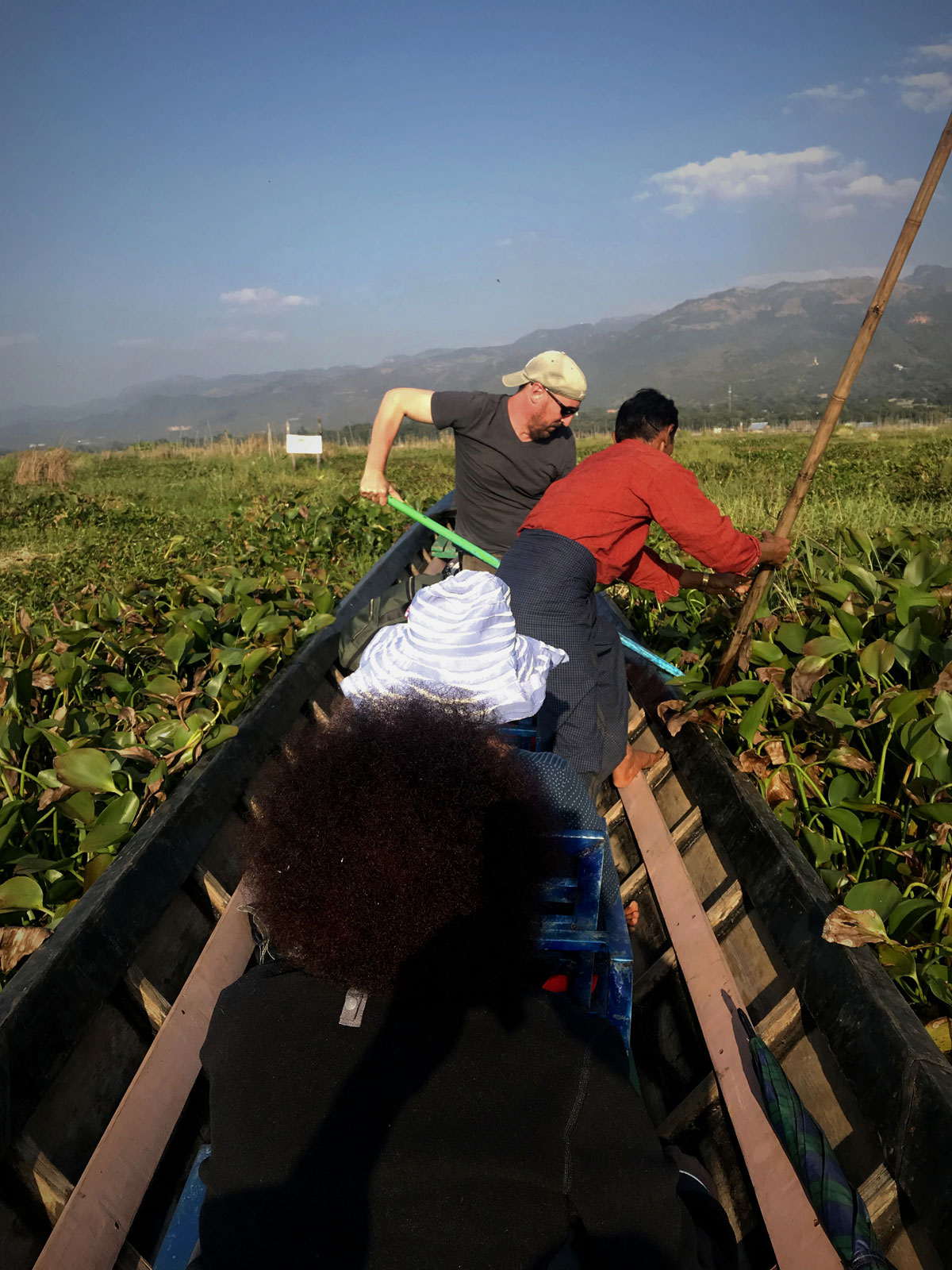
Finally, we made it to our hotel, the luxury Sanctum Inle Retreat, where we wanted to rest and relax after the hike and homestay. This five-star hotel is built with red tiled roofs, arches and cloisters similar to a Spanish Colonial monastery. It has large rooms, high-quality furniture, spacious rooms and bathrooms, excellent Wi-Fi, infinity pool, a gym, a bar with seasoned bartenders and very good food with a buffet for breakfast. The cost was $166 / night, which is high by national standards, but a bargain by New York City’s.
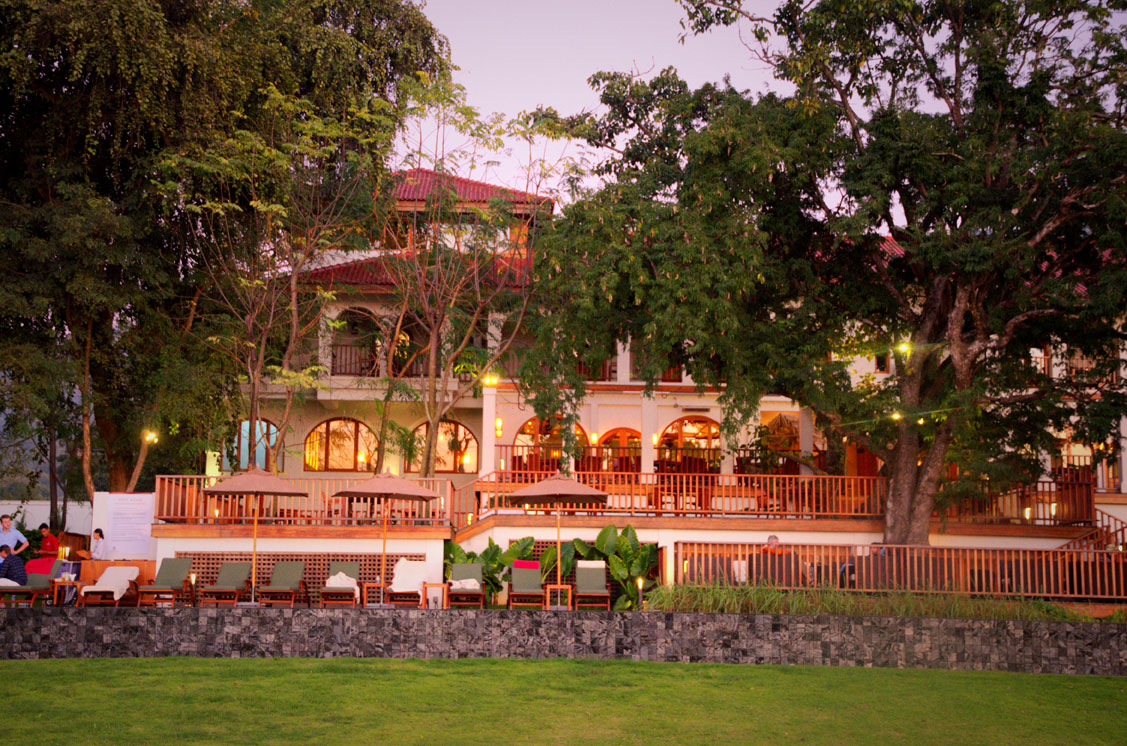
The view to Inle Lake was scenic.
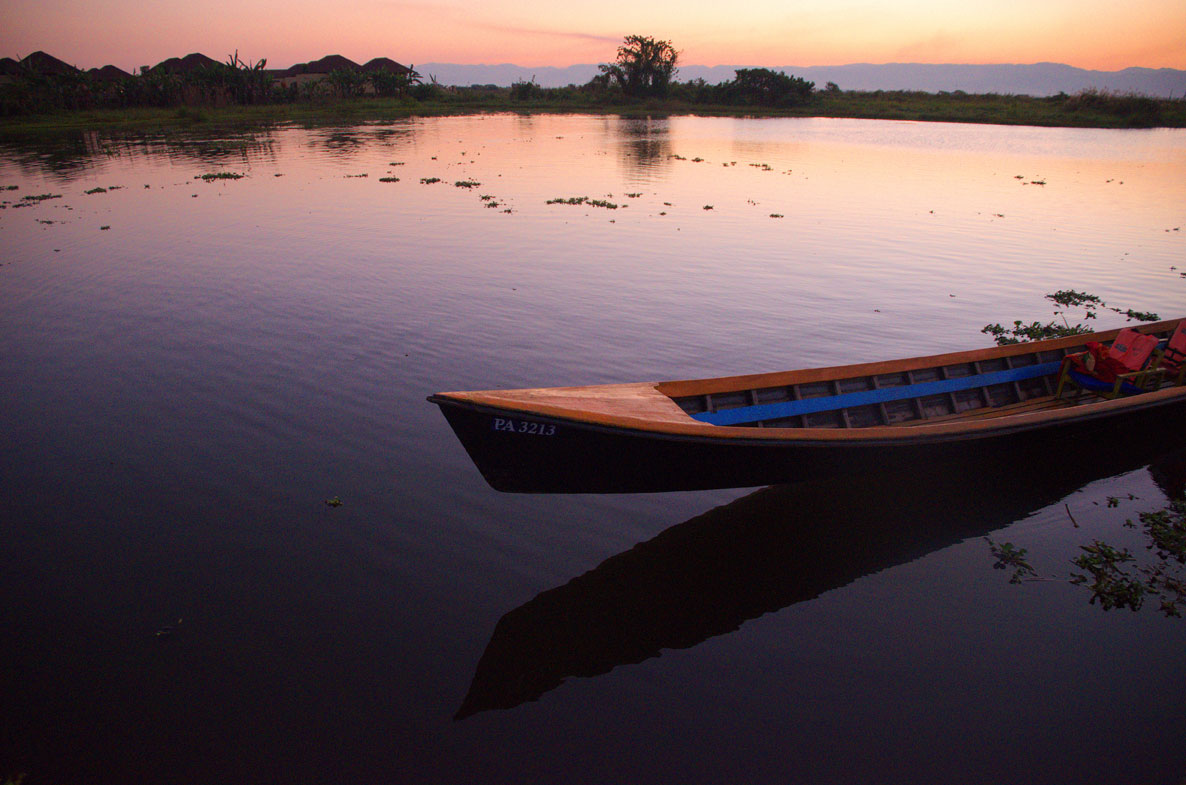
The service was quite good in arranging boat rides around the lake and they made the extra effort to help wherever was needed. My tripod was accidentally delivered to another room and when I discovered it was gone the next day, the hotel investigated and found it was going to the airport. They contacted the former guests en route to the airport, alerted them they had extra luggage, and somehow arranged for it to be picked up and returned to me.
Five-Day Market
The five-day market is famous throughout Inle Lake as it rotates from village to village and we went to it on our first morning, as it was close to our hotel. Local Shan and Intha people are joined by Pa’O villagers to sell produce and other wares. The market is on a lunar schedule that the locals somehow seem to have committed to heart, so tourists are free to ask hotel receptionists or others in the area which market is when and where. On days with a full or new moon there is no market, so the day before there will be two at once. The market has been growing and is now joined by additional villages in its rotation.
Our whole Indochina trip was over five weeks, so we bought sparingly. Yet here Khadija bought a silver necklace and I bought a black cotton scarf.
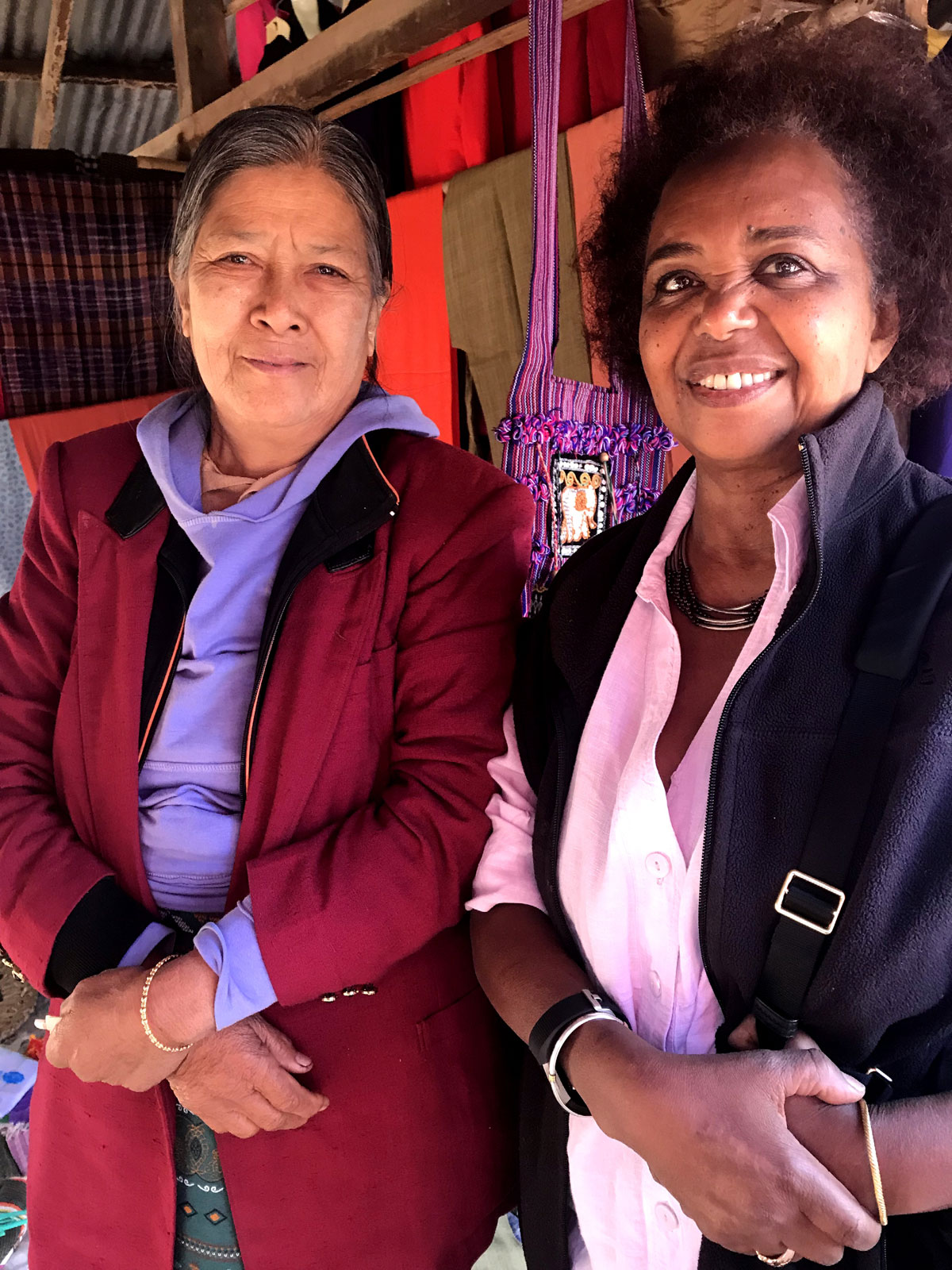
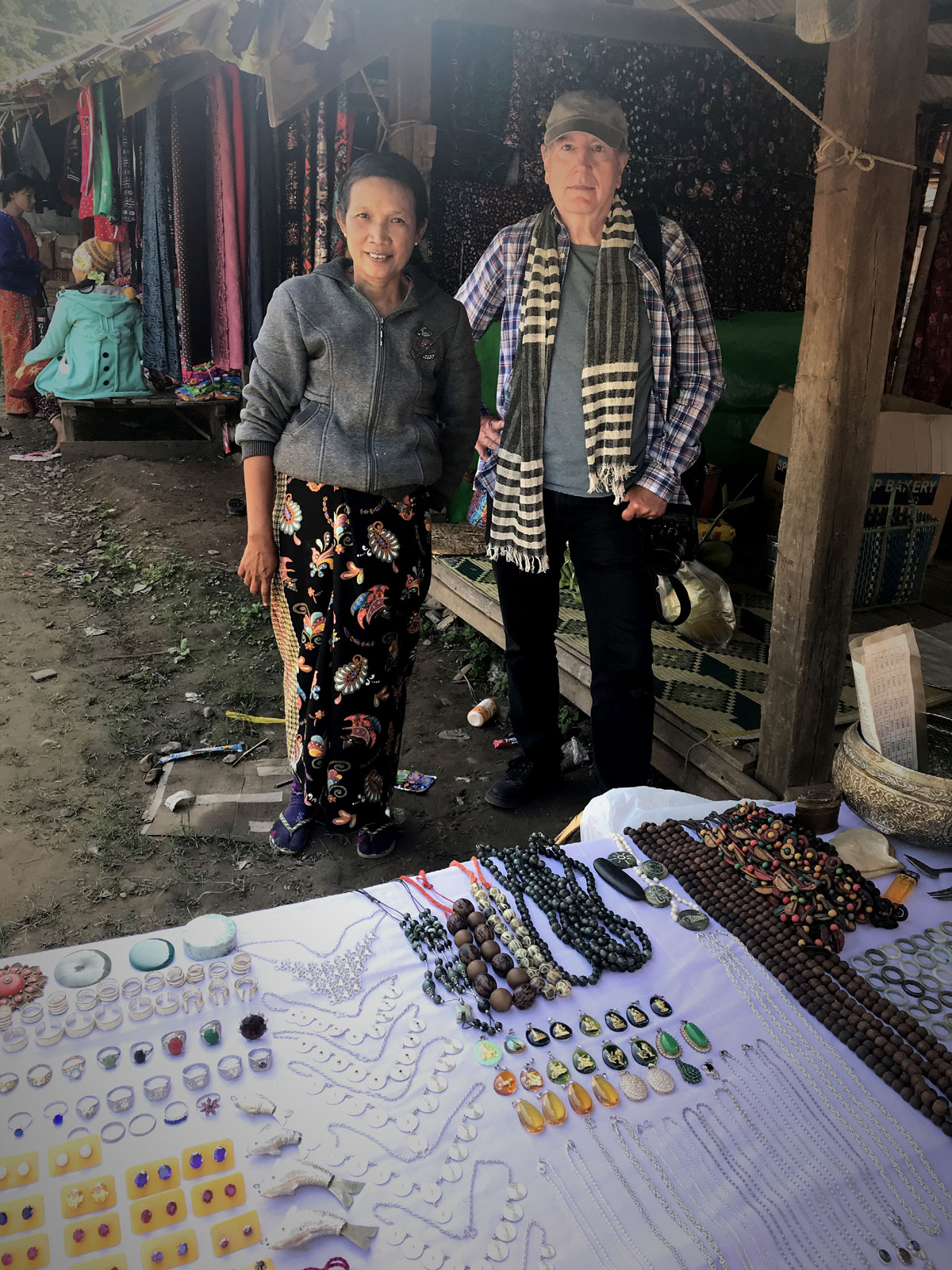
While the majority of the items in the market were food, clothing, and household items for locals, there were also souvenirs for tourists.
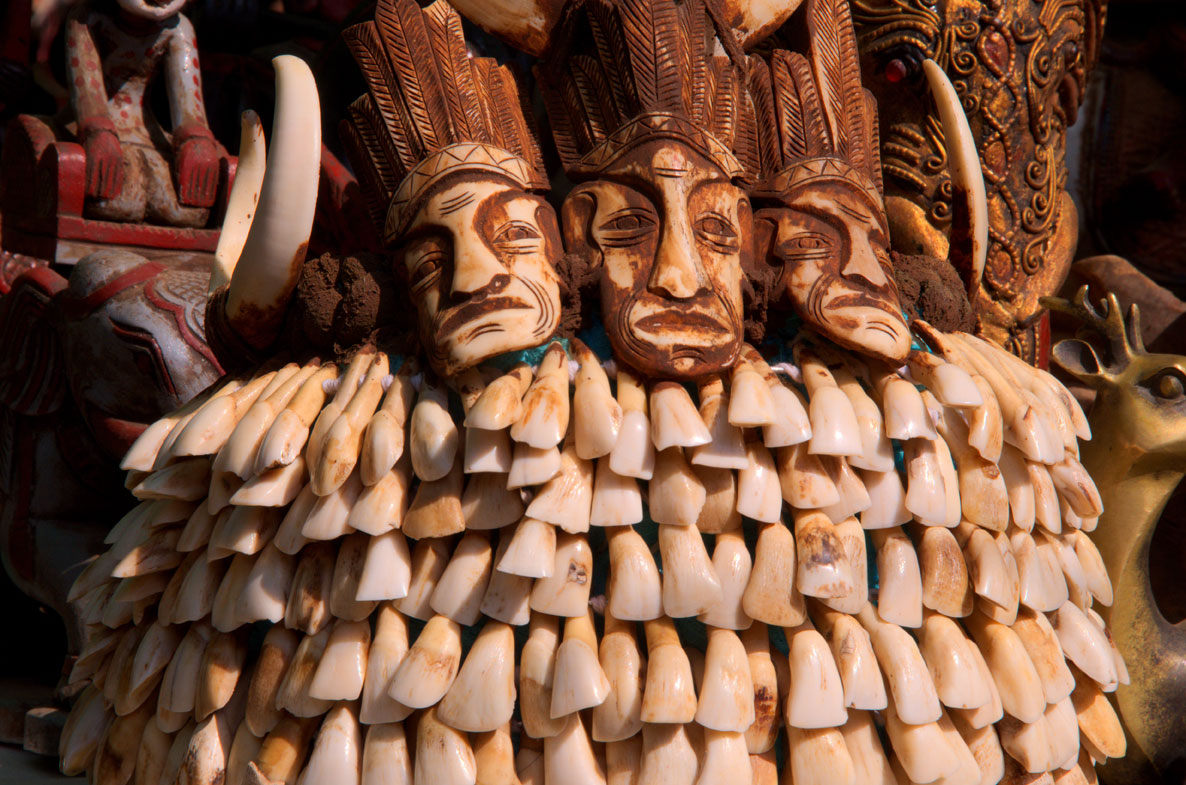
Like everywhere in Myanmar, the people were dressed in varied and colorful ways.
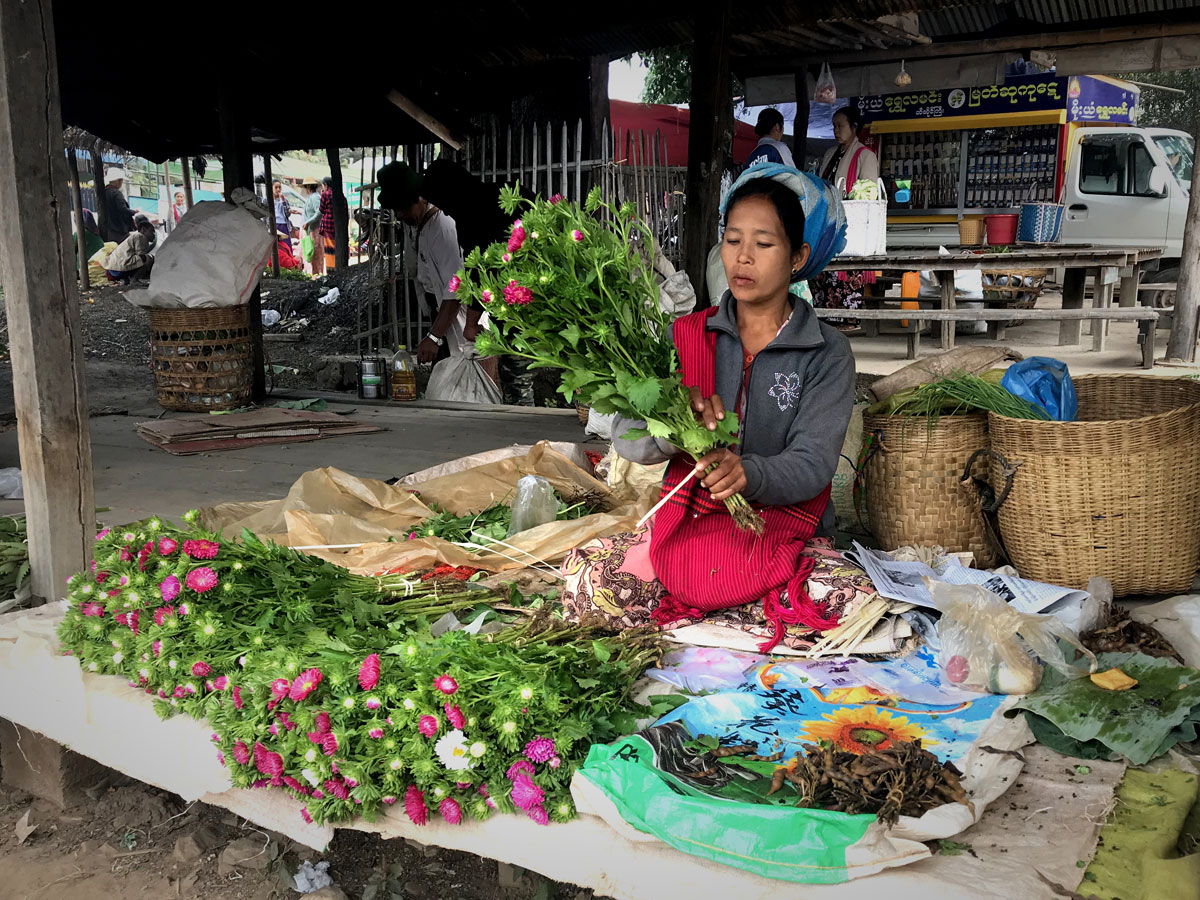
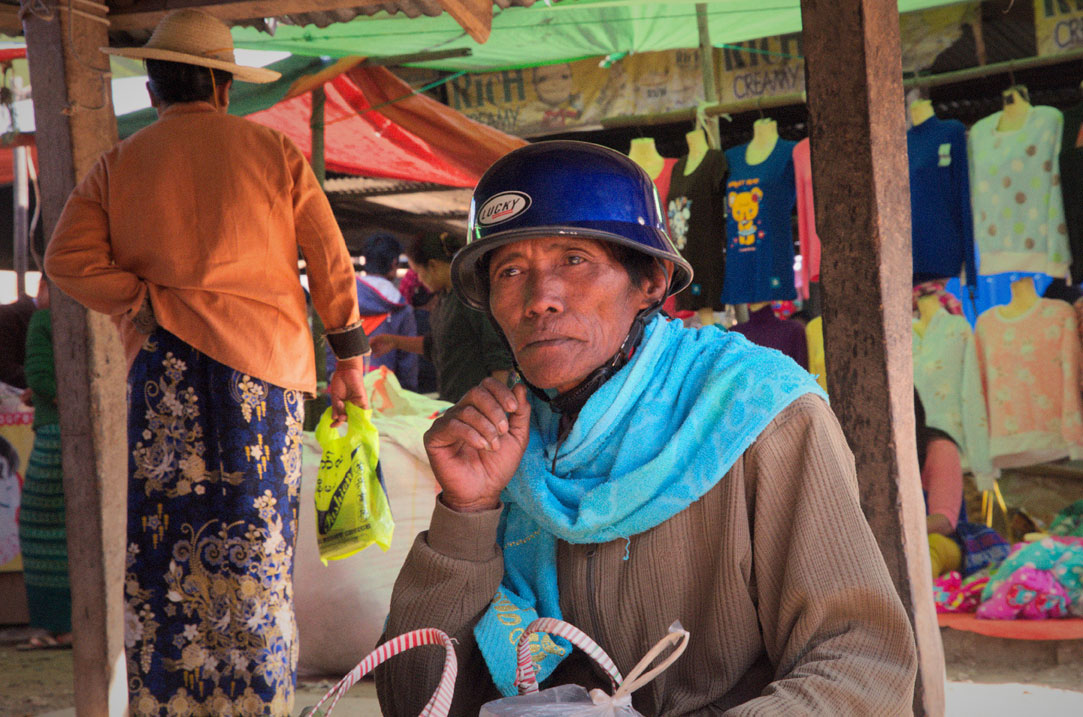
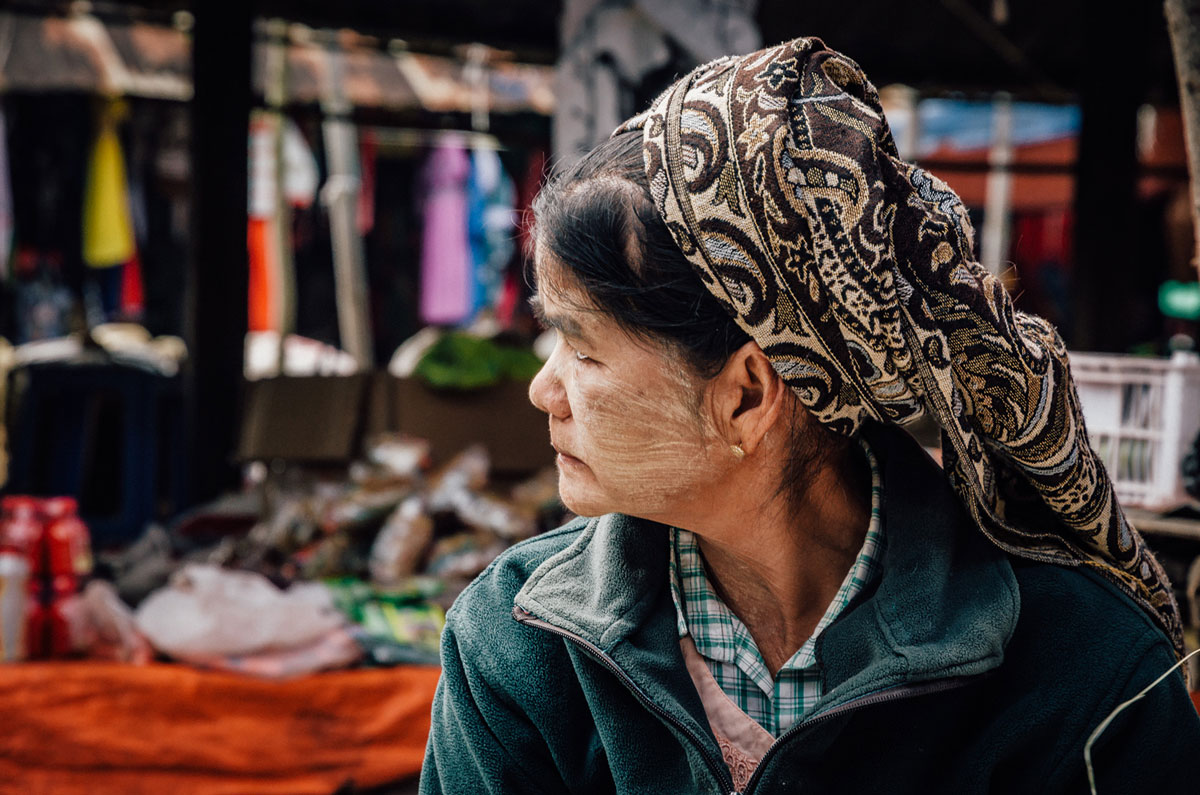
Cruising Lake Inle
The rest of our tour in Inle Lake involved motorized boat rides lasting from one to one-and-one-half-hours, one way. The rides were cheap as we spent $55 for two round trips for the four of us and no one else. Perhaps it was cheap because it encourages tourists to go to the far-flung lake attractions which helps local businesses. While traveling we were able to observe the fishermen standing on one-leg and the water traffic.


During sunset, the light over the lake was sweet, as shown here in the picture of Caitlin.
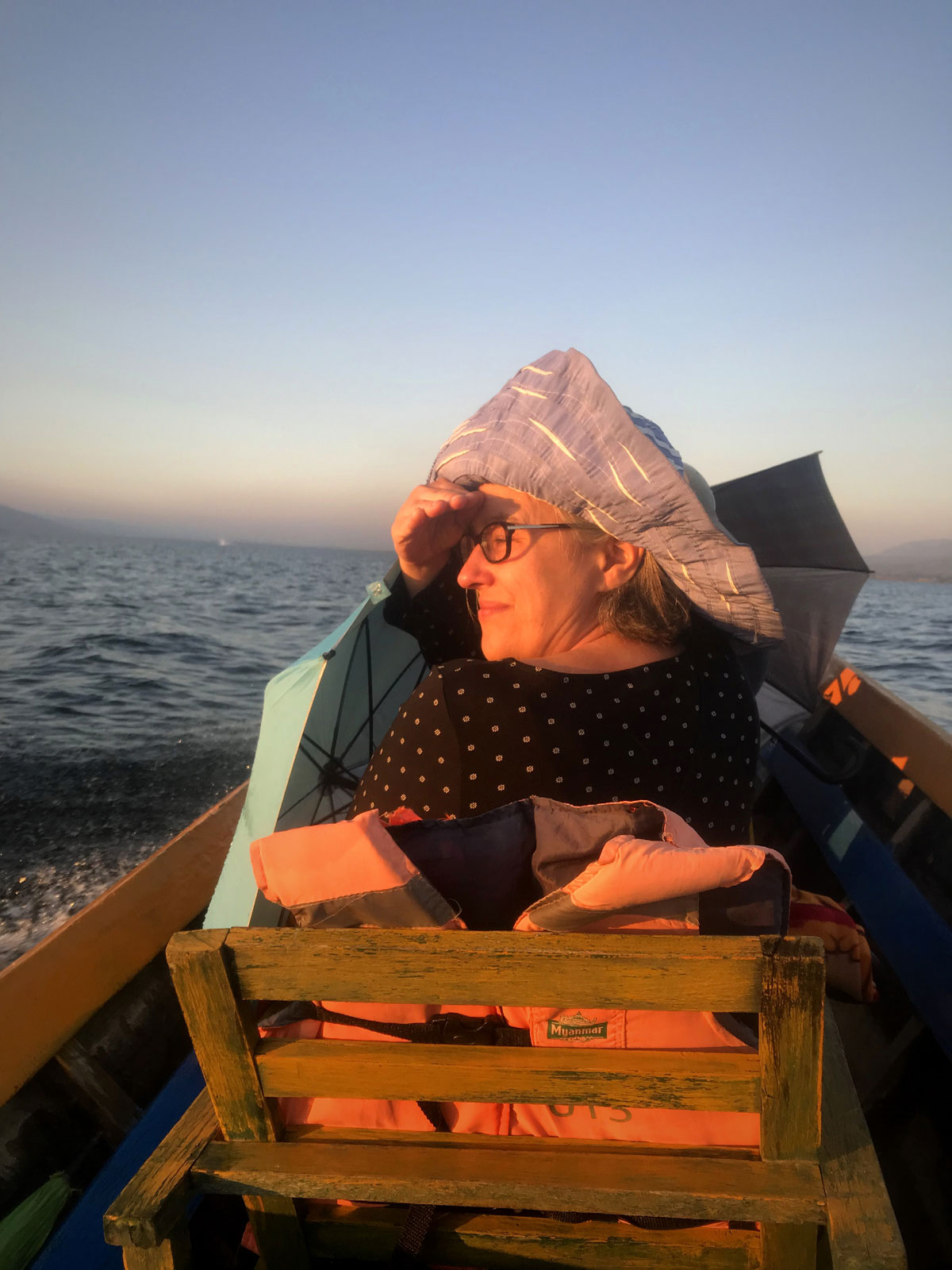
Paw Khon Village
Paw Khon Village is a peaceful village known for using lotus silk to make traditional garb called longyi, worn around the waist by both men and women as a long skirt. On the channel leading and crossing the village, there were many buildings rising above the water on long, wooden stilts.
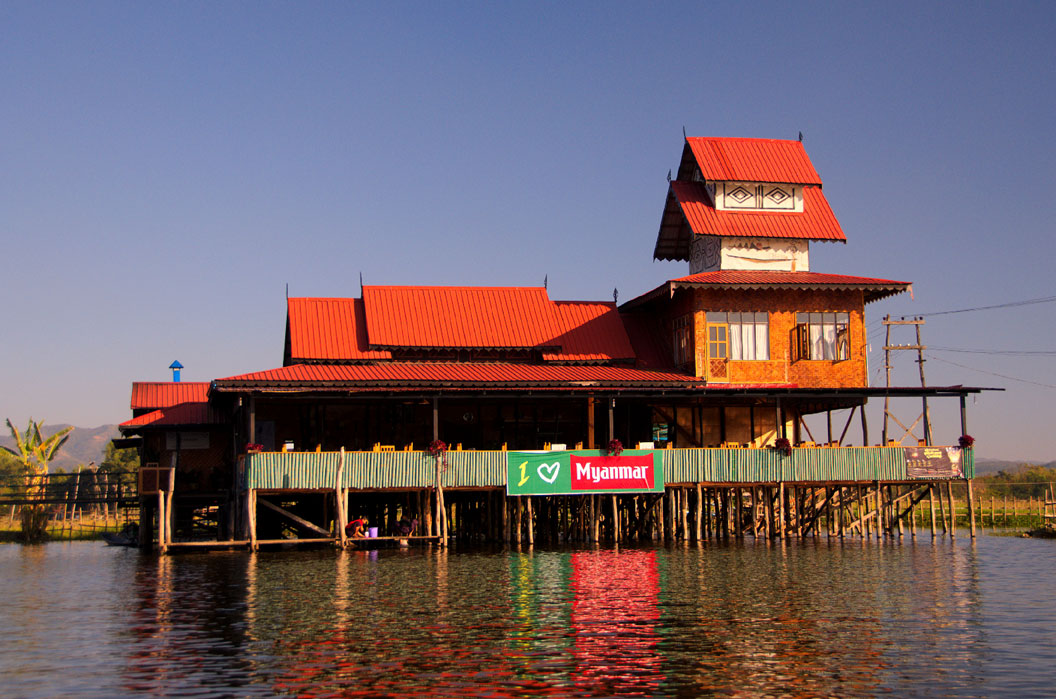

Buildings along the main channel have been mostly turned into workshops or sales outlets in response to growing tourist traffic. They make the silk with bamboo looms, using strands of lotus root and weaving them together to produce fine longyi as well as scarves and shawls.
Indein Village
Indein is on the west side of Inle Lake, known for its ancient pagodas. To get to the village, visitors go by boat along the Inn Thein Creek. This boat ride is 8km / 5.6 miles from the lake and can only be made during the rainy and winter seasons as the water level drops too low during the summer months.
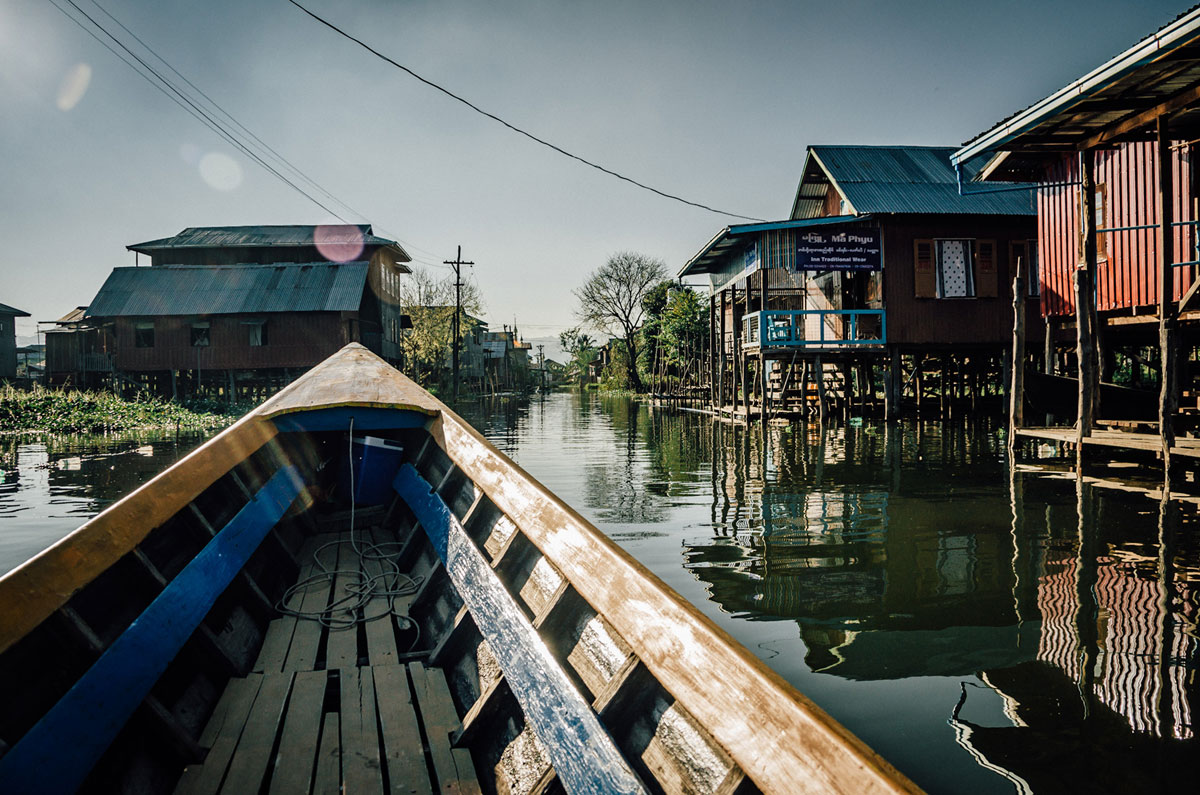
Interestingly, while autos drive on the right side of the road since 1970, the Inle Lake boat traffic moves on the left side.
Along the creek, there were fields with farmers and water buffaloes plowing along the land. Bamboo barriers help irrigate the fields, directing water from the creek deep into the land with waterways and small dams.
The village has a long row of vendor stands catering to tourist. One was selling fabrics:

Just taking a short walk outside of the tourist stalls and pagodas, you mix with the locals in their daily life.
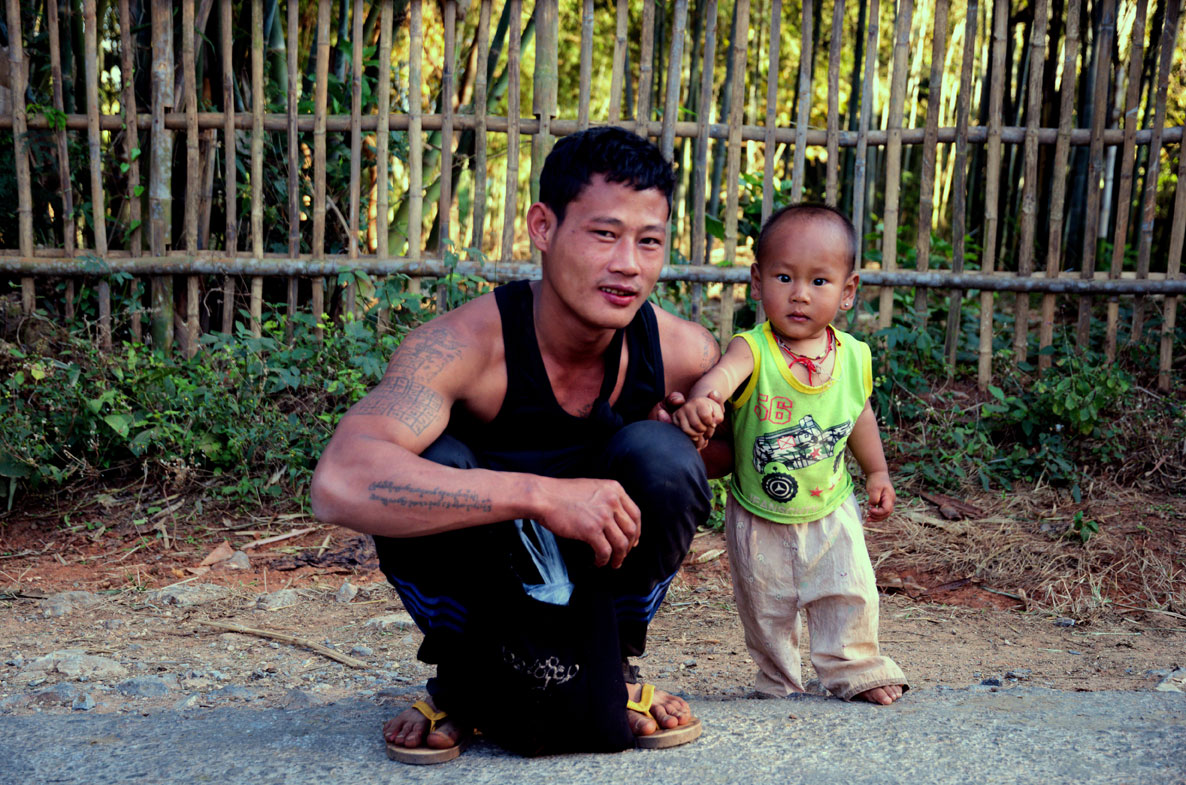
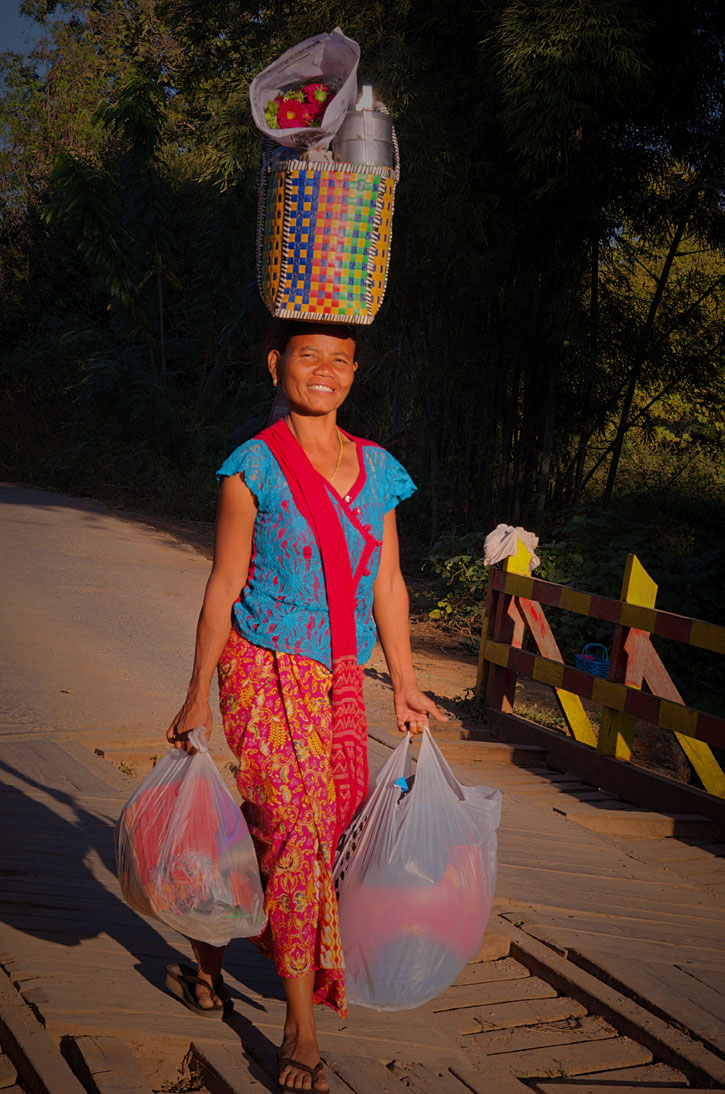
Nyaung Ohak Pagodas
This is the ruins site closest to the boat landing. Most of these pagodas are in their original state and have not been restored. Due to this, many are in various states of disrepair, crumbling and covered in foliage.
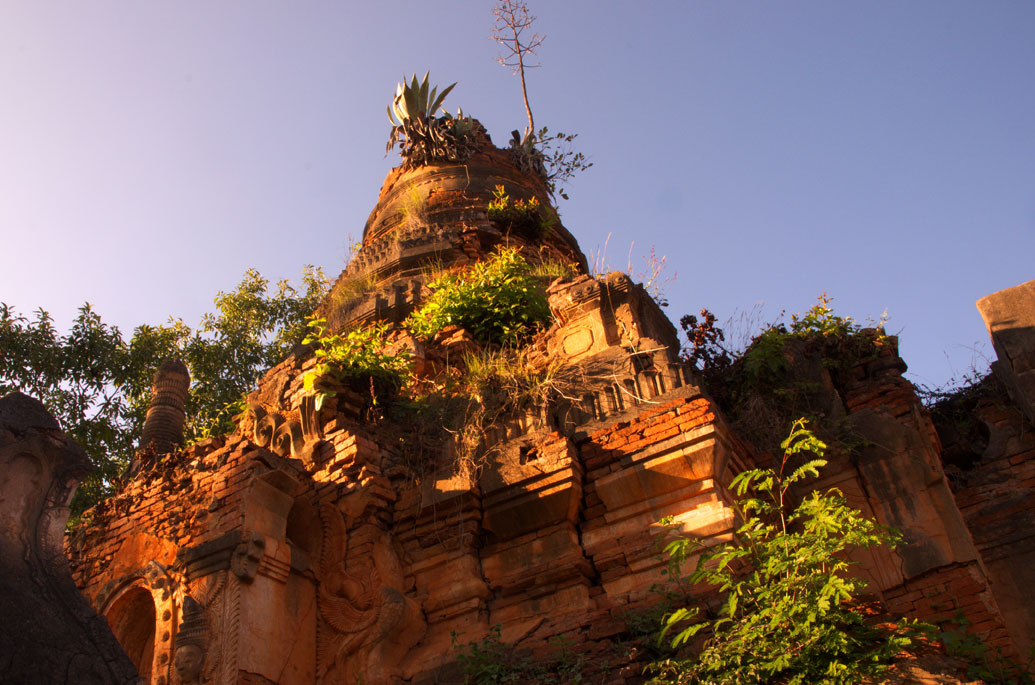
The pagodas of Nyaung Ohak remain the oldest in the area. They often feature images of mythological creatures.
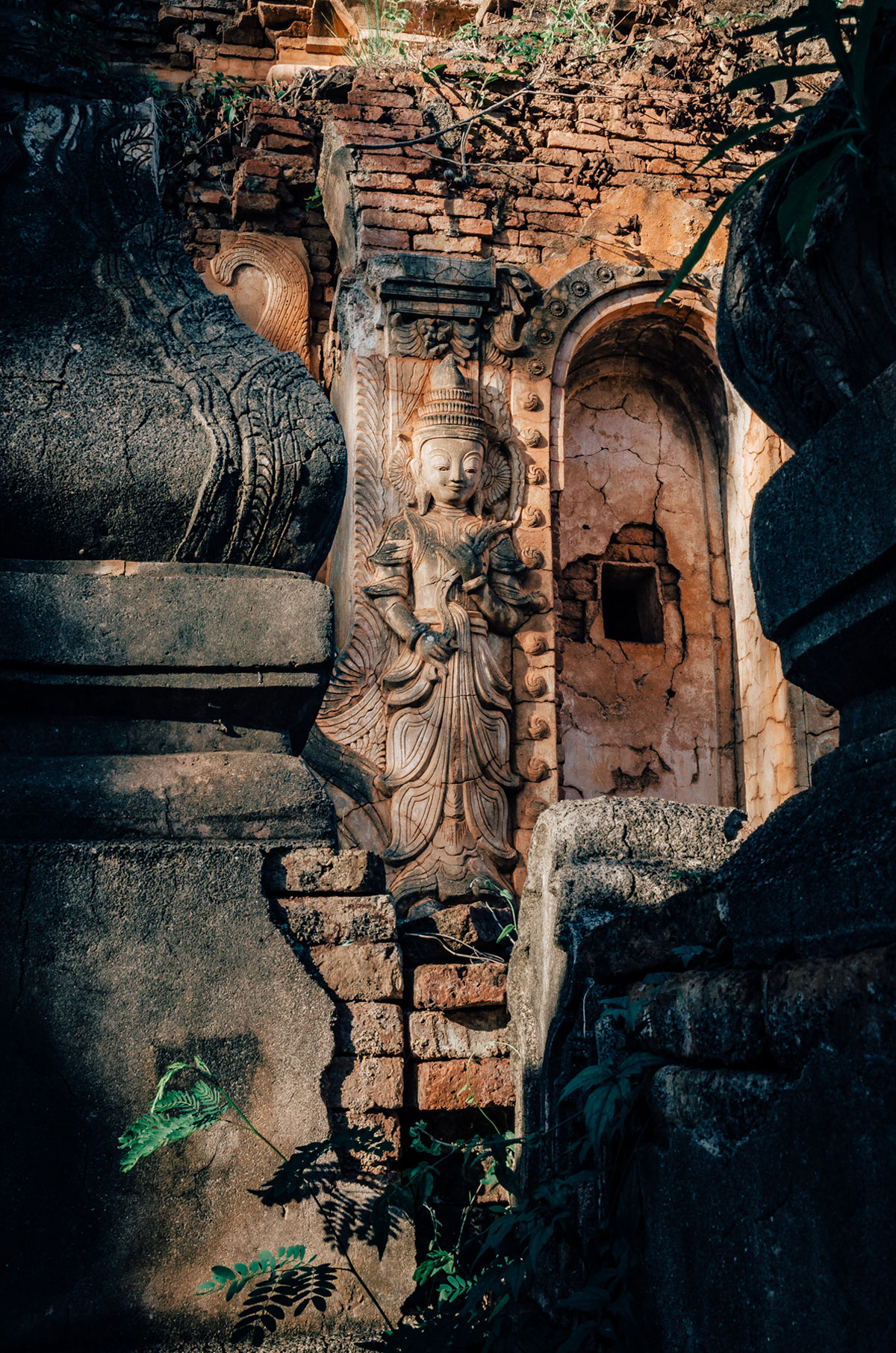
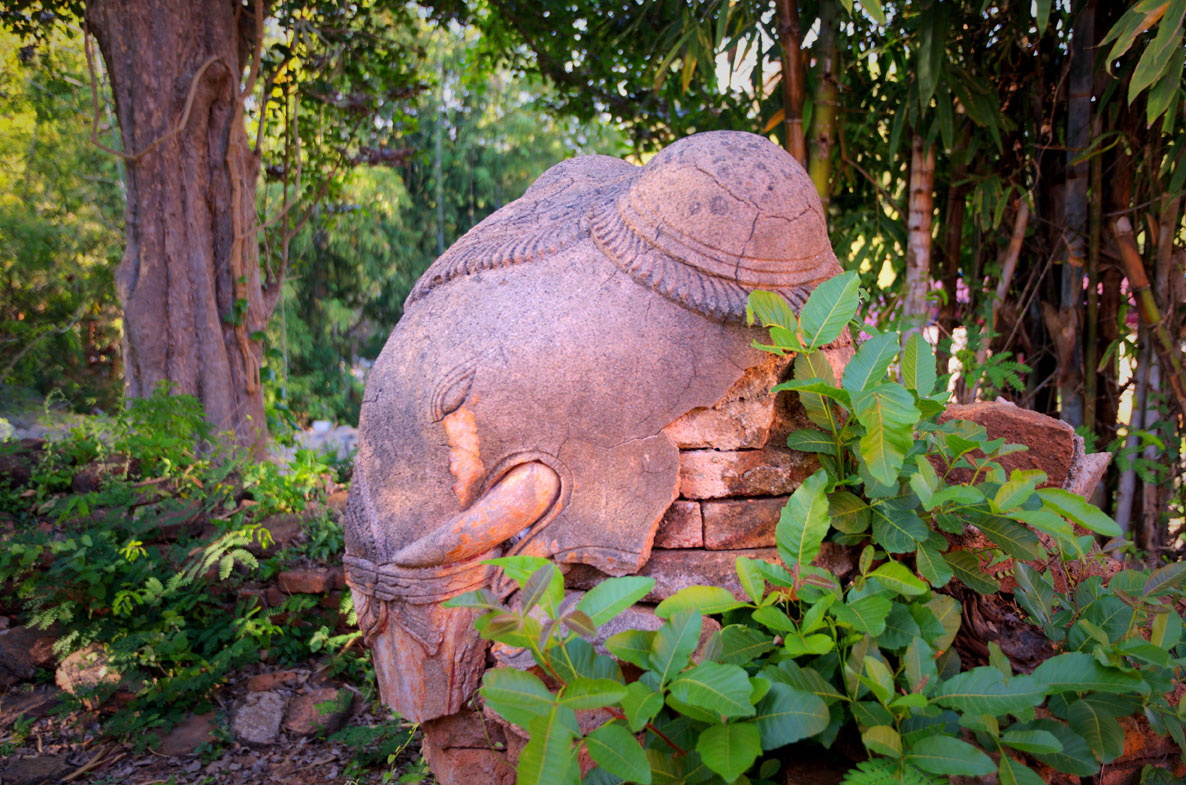
The origins of these pagodas are mainly unknown, though the earliest inscription dates to the 14th century.
There is a K5,000 fee ($3.75) for camera use in the pagoda, paid at the boat landing.
Shwe Indein Pagodas
From Nyaung Ohak, we walked for under ten minutes through a covered area with souvenir tables and then up a short hill to the Shwe Indein Pagodas. This was not the main path up the hill from the boat landing. Here we saw rows and rows of crumbling Buddhist stupas (round structures dedicated to Buddha or other Buddhist figures). This site holds what has been nicknamed the “Jungle Stupas”, most crumbled into the earth with foliage surrounding them.
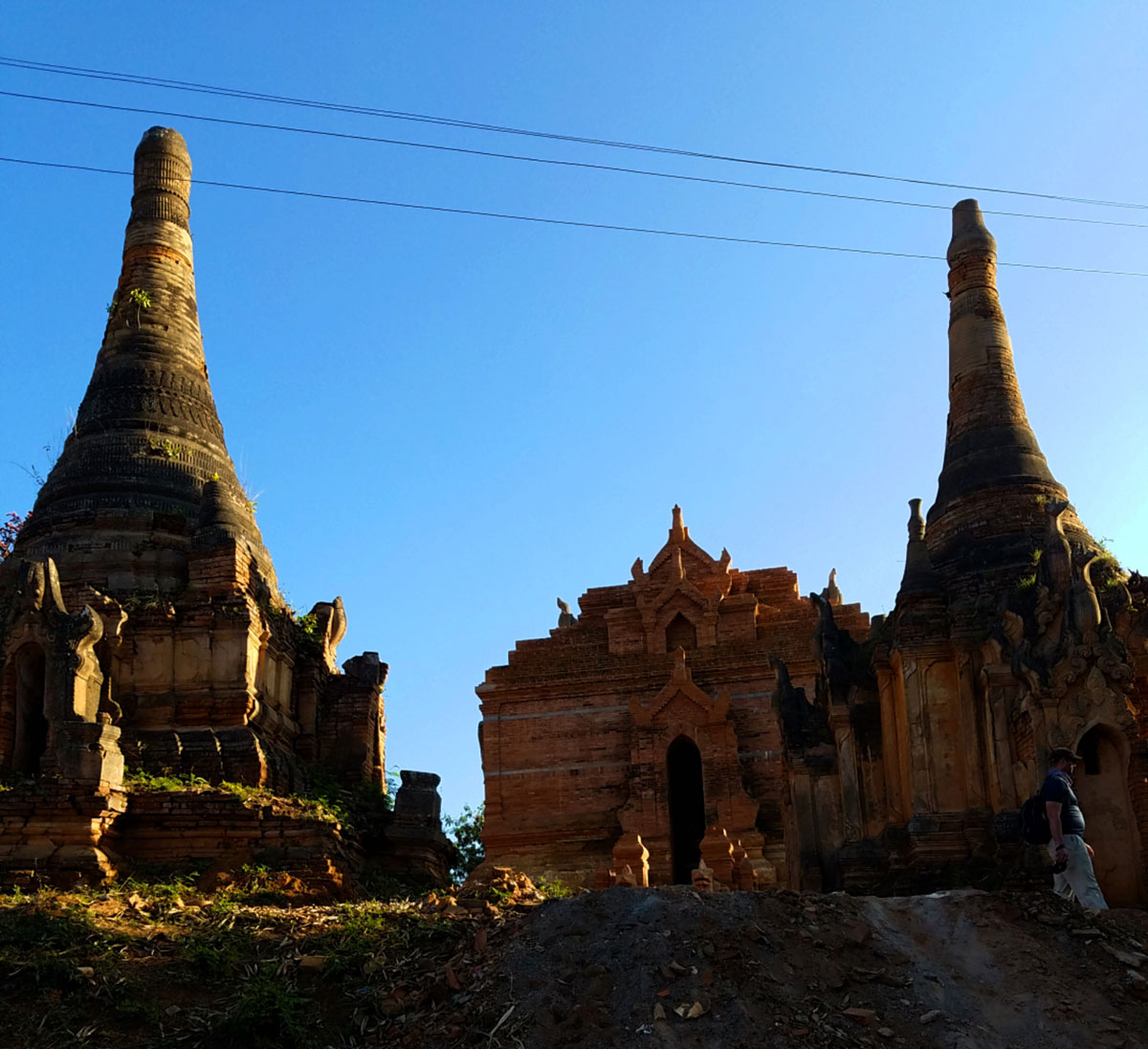
The most interesting building was not a stupa and held fascinating Buddha statues.
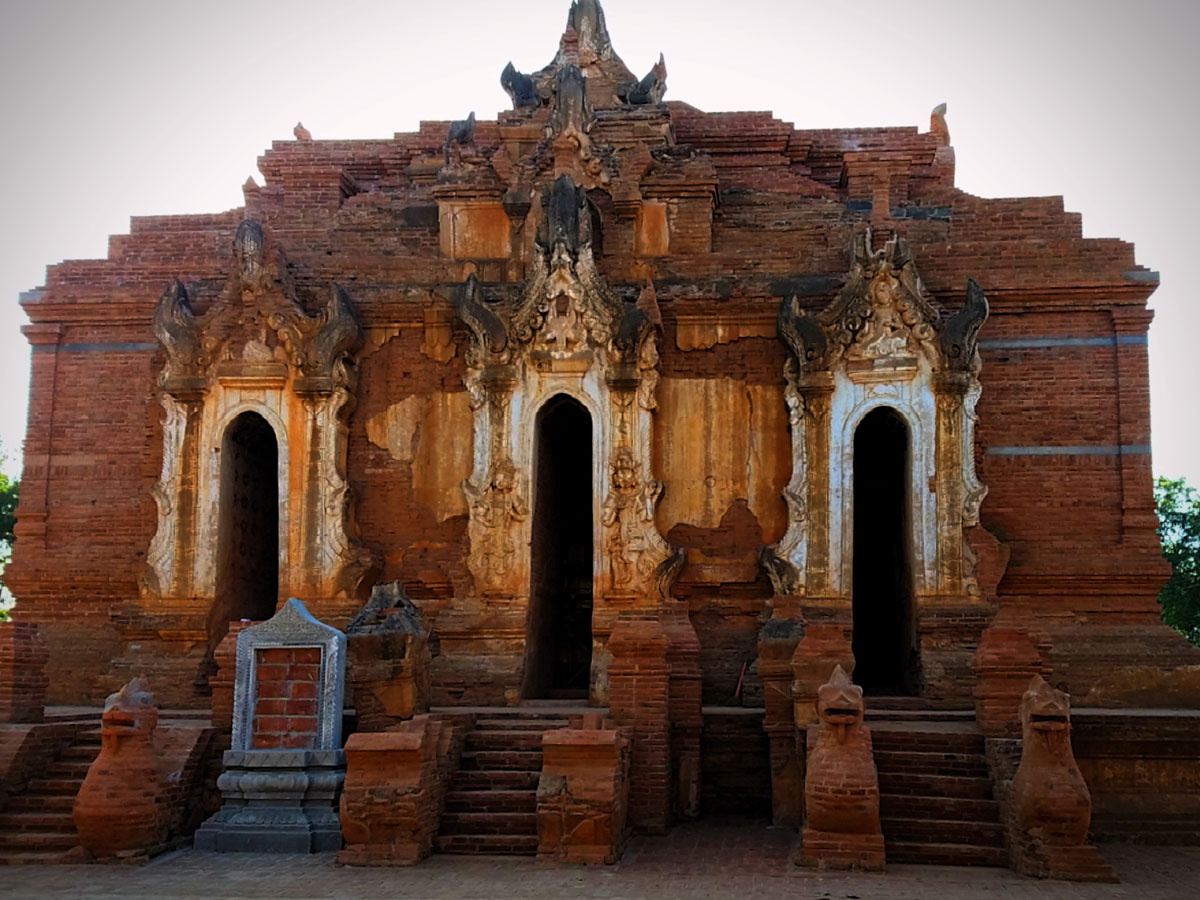

Legend has it that King Ashoka (third century BC) built them, but there was no evidence supporting this. On the hill, there were many newer stupas that were donated to the site. From here, visitors can take in the view of the valley and mountains surrounding Inle Lake. After spending over an hour viewing the pagodas, we headed back to boat dock to make the long trip back to our hotel.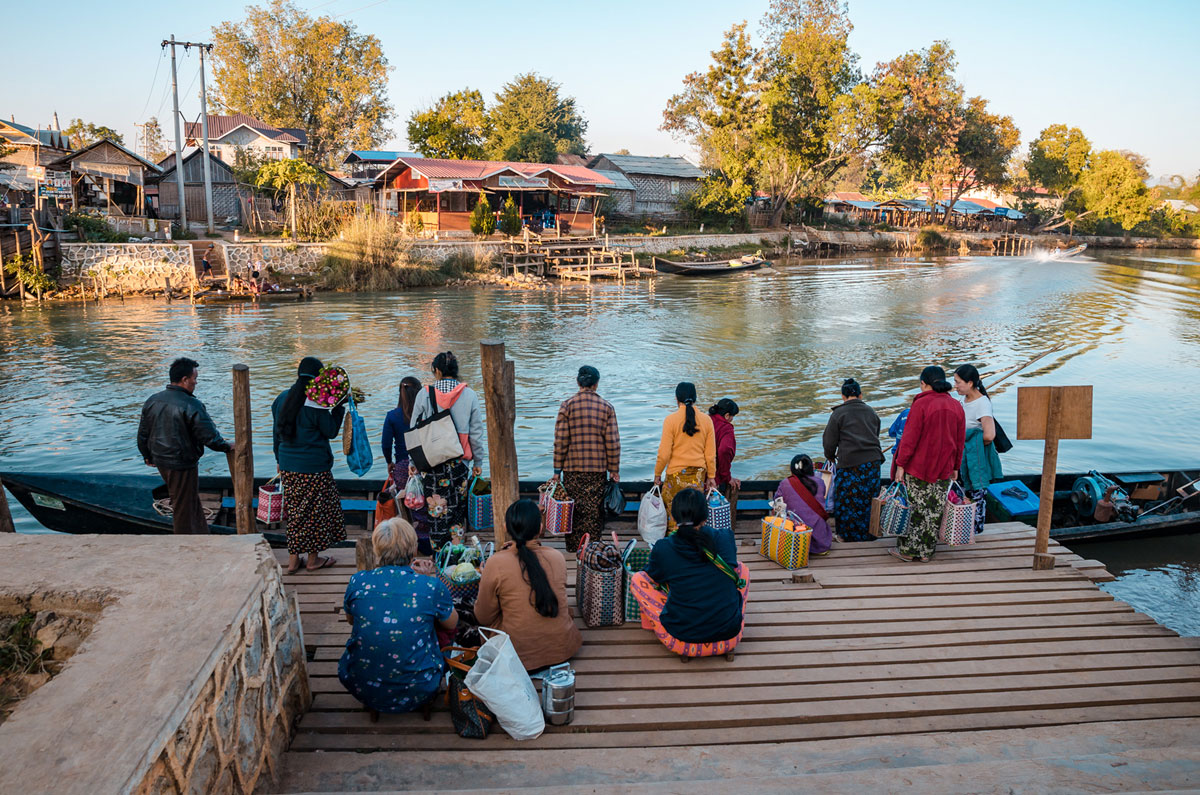
Photography
On the lake, you need a lens with a long focal length (200mm minimum). If your boat is moving, I suggest a minimum of 1/250 second shutter speed. If you are moving and shooting other moving options (which happens most of the time), I suggest an even faster shutter speed of 1/500 second. The best result for the fishermen in action is to have your boat stop by them for maybe ten minutes. Be prepared to take a lot of shots, as many will be fuzzy or not framed well, but you can always delete them. Try to rent your own boat and go early morning or mid-afternoon to get the best light.
Restaurants
I only mention a restaurant if I highly recommend it. One is the Hto Myat BBQ, a popular, inexpensive family-run restaurant that specializes in Burmese and Thai curries and barbecue. Customers can enjoy their famous pork ribs either inside or in the outside dining area. While pleasant but basic, we were constantly pestered by the owner’s three dogs who would not stop begging for food. The place had the feel of a rural Louisiana Cajun food shack.
Leaving
After three nights, we left in the morning to the Heho airport in a van provided by the hotel. The ride took almost an hour and a half while passing trucks jammed full of passengers.
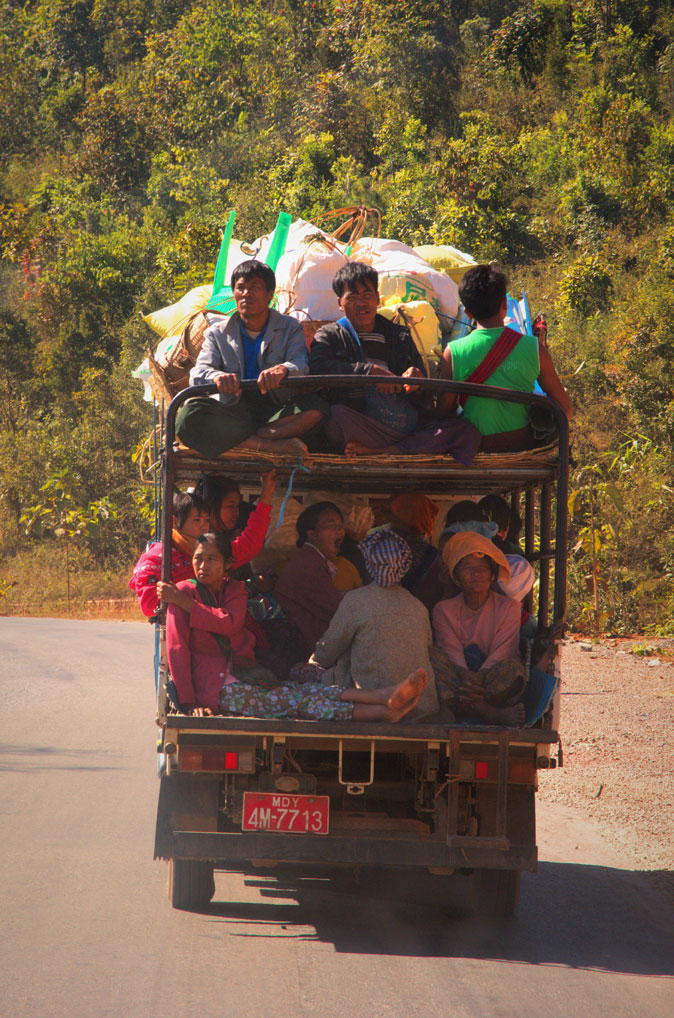
See Part 4 for our next stop which was Hsipaw for another trek and homestay.

